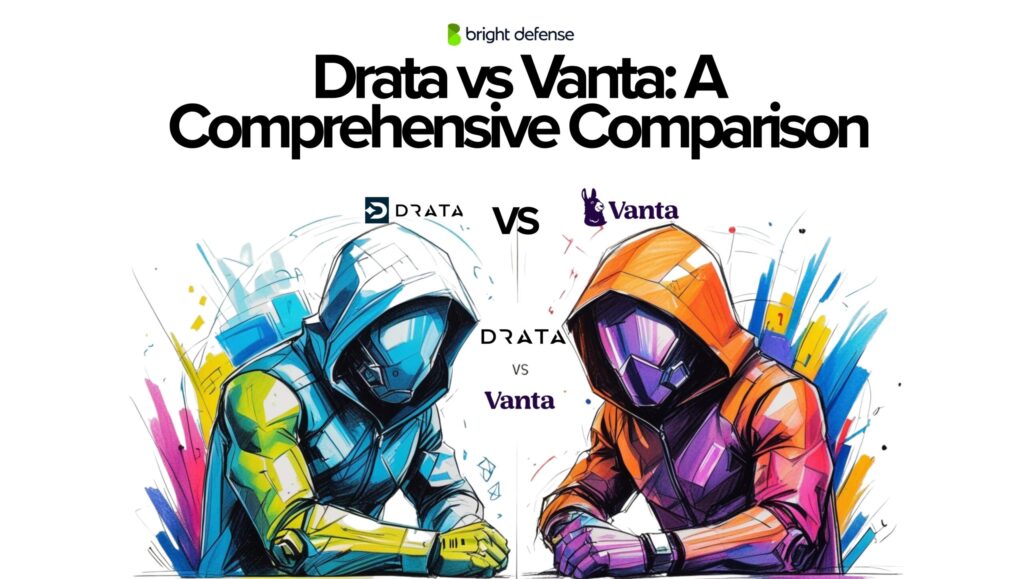Tim Mektrakarn - CISSP | CISA | ISO 27001
Tim Mektrakarn is Co-Founder of Bright Defense and a cybersecurity compliance expert with deep experience across SOC 2, HIPAA, and ISO 27001. He co-founded Krypt, VPLS, and VPLS Solutions, leading security and compliance efforts through successful acquisitions. Tim also drove global security initiatives at Zenlayer, a cloud provider with 300+ data centers. He holds CISSP, CISA, and ISO 27001 Lead Auditor certifications, a B.S. from the University of Arizona, and an MBA from USC’s Marshall School of Business.
Highly Recommended
Drata vs Vanta: A Comprehensive Comparison
Keeping up with compliance requirements has become a core part of running a secure and trustworthy business….
Areas of Expertise
Penetration Testing
Security Compliance & Frameworks
Endpoint Protection
Cybersecurity Education
More from Tim Mektrakarn - CISSP | CISA | ISO 27001
20 Key Takeaways from the CMMC Final Rule for SMBs
The U.S. Department of Defense (DoD) has recently finalized the Cybersecurity Maturity Model Certification (CMMC)…
PCI DSS Scoping and Segmentation for Modern Network Architectures
Welcome to the world of PCI DSS scoping and segmentation! If you’re managing payment card…
GDPR vs. CCPA: What’s the Difference?
If you’ve been diving into the world of data privacy, you’ve probably come across two…





